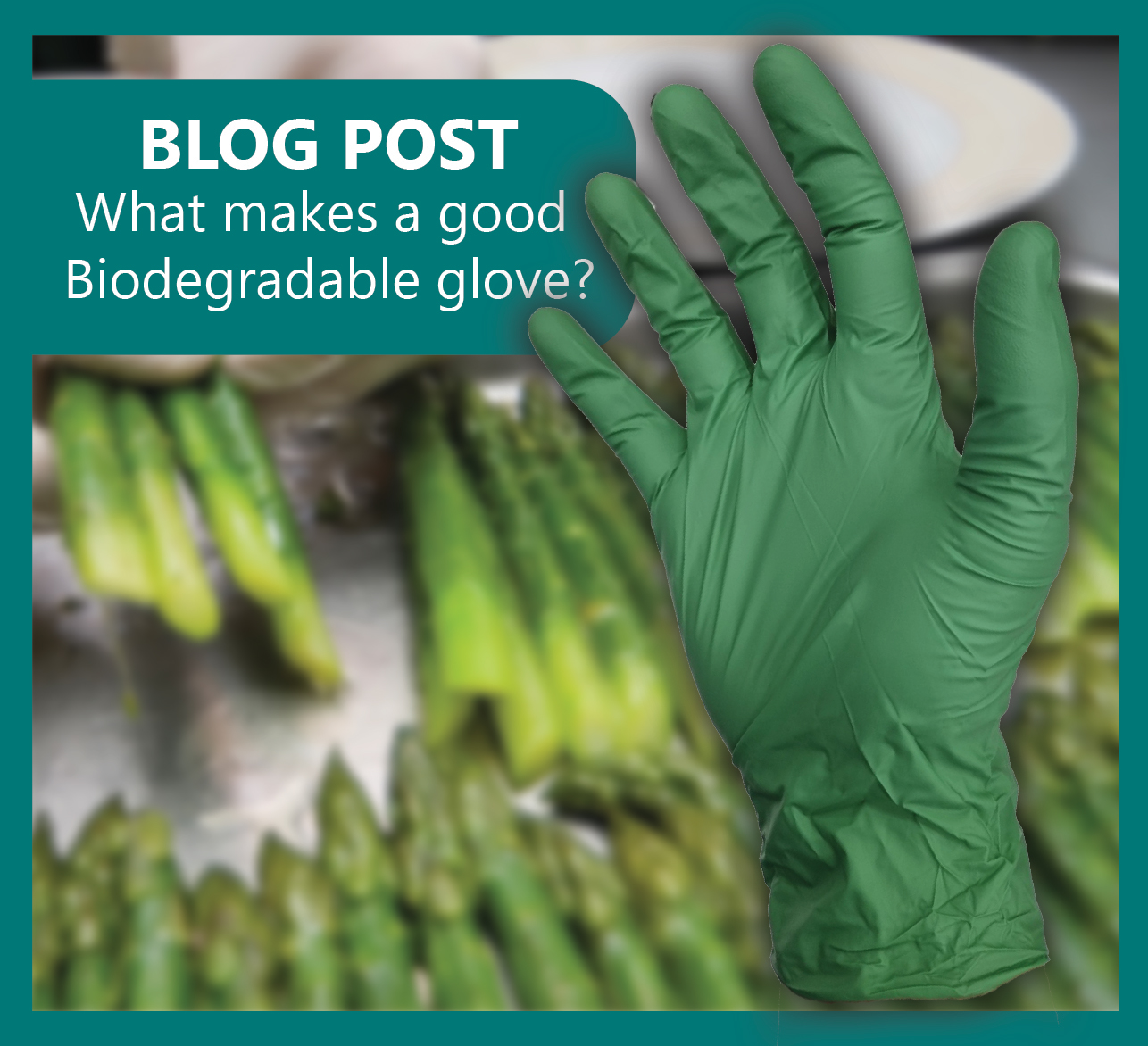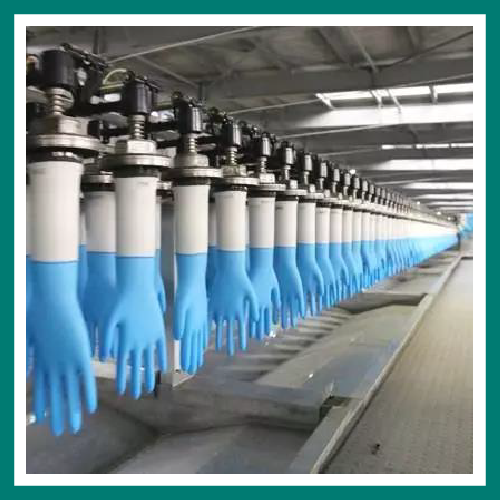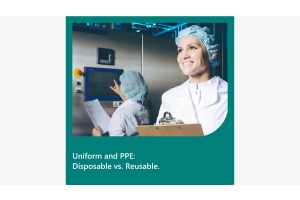nitrile gloves
-
Posted: January 16, 2023Read more »
Why is biodegradability so important?
Biodegradability is a crucial aspect to consider when it comes to protecting our environment and reducing the amount of plastic waste that ends up in landfills. Biodegradable plastics break down into natural substances like water, carbon dioxide, and biomass, rather than persist in the environment like traditional plastics. This helps to reduce plastic pollution and its negative impact on ecosystems and wildlife.
It is important to note the difference between oxo-degradable and genuine biodegradability. Oxo-degradable plastics contain additives that cause them to break down when exposed to certain environmental conditions, such as heat and UV light, but they do not break down into natural substances and can persist in the environment for a long time.
Although disposable gloves are essential for maintaining food safety and preventing the spread of germs and bacteria, the number of gloves used and discarded is substantial, and
-
Posted: January 18, 2021Categories: ProcurementRead more »
Worldwide demand for nitrile disposable gloves continues to be 20-25% more than total available supply:
- Medical usage has increased substantially with covid-19,and will continue to increase with the roll-out of vaccines.
- Governments have increased stockpiling to avoid future supply issues.
- Supply has reduced due to factory lockdowns and reduced labour force (social distancing in factories).
- Pre-covid-19, factories typically worked on 3-5 month lead times to ensure full production – this is now 12-24 months at best, for any new non-scheduled orders.
Why cannot factories just produce more gloves?
- To produce gloves cost effectively, the manufacturing process is quite involved, and requires substantial equipment including ceramic glove formers, dip tanks, conveyor lines, cooker ovens, and packing lines.
- Various companies are building new production lines and
-
Posted: January 17, 2020Read more »
There are a variety of different disposable gloves available, and knowing what option is best for your situation can be difficult.
Below is a brief overview of the 4 main types of disposable gloves.
Vinyl
Traditionally the most common type of glove, vinyl is now rarely used in food production facilities.
Their main advantage is their low cost per unit, although this can be deceptive if usage is higher through frequent breakages. Vinyl gloves are often preferred to wear, as they ‘breath’ and result in less sweaty hands. Obviously this is a serious contamination risk, and should be considered in your glove choice.
More recently, the environmental impact of the manufacture of vinyl has also come to light, which has further discouraged the use of vinyl gloves.
Nitrile
The most common glove type in food production facilities.
Nitrile gloves have a high strength, and a high dexterity. They are typically








